HOW DOES SKIN TAG REMOVAL WORK?
Skin tags are small, benign skin growths that appear to hang off the skin’s surface. They are commonly found on the face, neck, chest, and arms, and can be a source of self-consciousness for some individuals. Unlike moles, which are attached to the skin’s surface, skin tags are superficially attached by a tiny point at their base.
We offer skin tag removal using radiosurgery, a method that effectively removes skin tags without leaving visible scars. The procedure involves prepping the area with isopropyl alcohol, injecting a small amount of lidocaine 2% for anesthesia, and painlessly removing the tag using a radio-surgery electrode.
The treated area is cauterized during the process to prevent bleeding. After the procedure, patients are instructed to keep the area clean and apply a triple antibiotic ointment and a band-aid for a few days until the wound scabs over. New skin typically appears within a week and gradually matches the surrounding skin color over time.

